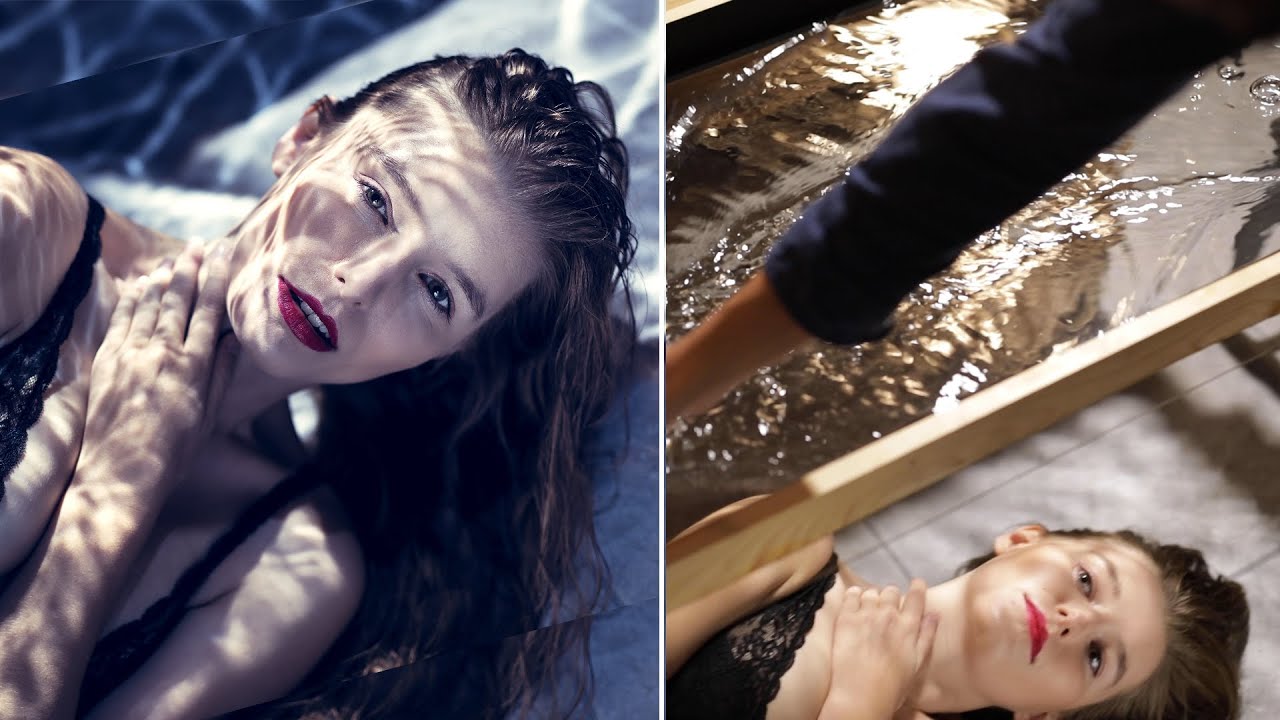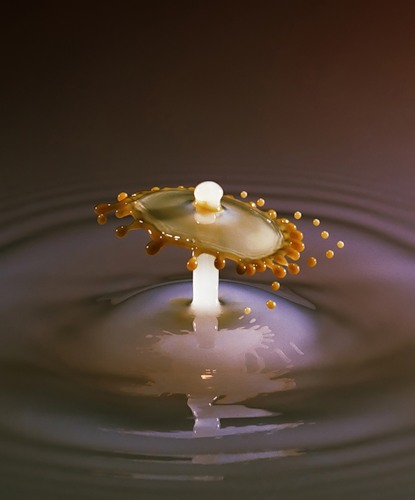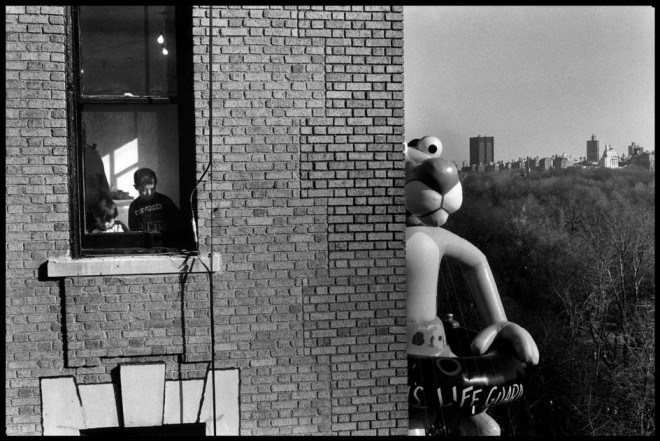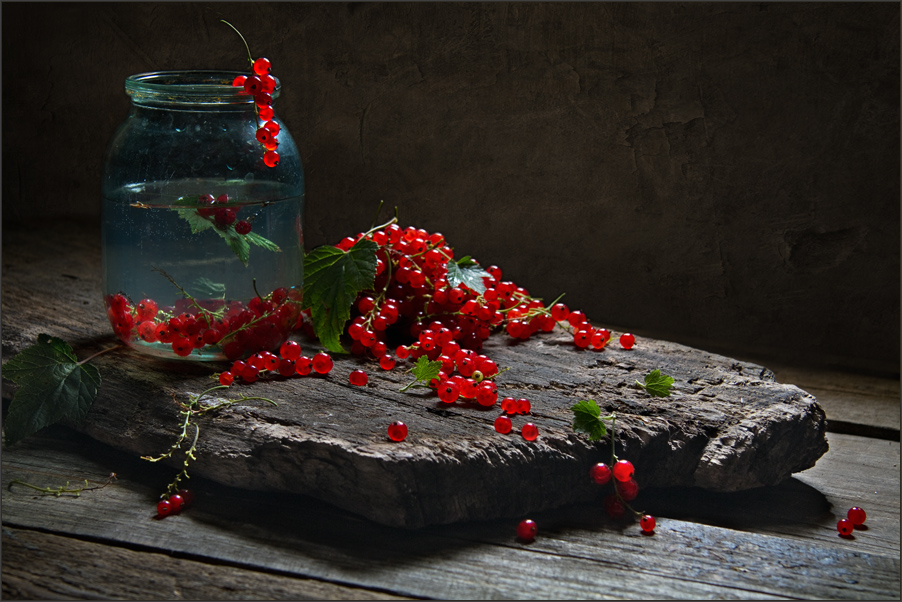HOW TO CORRECT A BROWNED PHOTO?
 As an introduction, I chose the picture “Chelubey struggling with overexposure”, which is already familiar to many. This joke of Anton Martynov fits in perfectly with the topic of the article. Especially since the task of recovering overexposed photos looks both complicated and comic. But let’s order.
As an introduction, I chose the picture “Chelubey struggling with overexposure”, which is already familiar to many. This joke of Anton Martynov fits in perfectly with the topic of the article. Especially since the task of recovering overexposed photos looks both complicated and comic. But let’s order.
So that readers who understand processing do not waste their time, I will answer briefly. When overexposure, a photographic material or a matrix gets an excess exposure, which leads to excessive brightness of the resulting image and compression of lights. Simply put, the contrast decreases in the highlights. Thus, to correct overexposed areas it is necessary to darken them, with an increase in the contrast of the highlights. If the overexposure is local, then the impact must be localized accordingly. Everything! What tool you will do this depends on your skills and available sources.
If such a brief description is not enough, let’s understand in more detail. And we begin with the background (if you are only interested in recipes, skip it).
Prehistory
In response to the question voiced in the title of the article, one can often hear: “We need to go and reshoot!” And this is the most stupid answer possible. Because on the one hand it is too late to retake, but on the other … it is still too early.
Why is it too late to retake? The Lumière brothers were easy: trains came to Paris regularly, on schedule. It did not work out today, we will try tomorrow. But if you are shooting a particular event, by the time the overexposure was detected, the train was already gone: the wedding was over, the match was over, the presidents shook hands, the plane had flown, etc. Try to offer young people to once again play the wedding for the sake of several frames and they will explain everything to you without me.
Why is it too early to retake? Because there were reasons for the appearance of overexposure for the first time. These reasons have not gone away, he might as well appear again. And here we have to go to a very sad topic called “sensitometry”. No, by itself, this science, if not fun, is very interesting and fascinating. The sad thing is that most modern photographers have no idea about it.
Sensitometry (from the Late Latin sensitivus is sensitive and … metry), the study of the measurement of photographic properties of photosensitive materials. The central object of sensitometry is the characteristic curve of the photographic material. From her photographer can get all the data necessary for practical work with a particular film. Knowing the sensitivity and photographic width of the film, assessing the brightness and dynamic range of the scene, he decides on the choice of exposure.What to do if the scene does not fit into the linear part of the curve (C-D), that is, the difference in brightness in it is more than the film can fix?
The first option: change the light so that it fits in the linear section.
Second, choose a film with a greater photo latitude.
Third: if the flights are small, leave everything as it is based on not very strong distortions in the shoulder (D-E) and foot (B-C) areas and subsequent edits when printing photos.
Fourth: assess the brightness of the most significant parts of the scene and adjust the exposure so that they fall on the linear portion, and some dips in the shadows and highlights are formed on not very significant areas.
Previously, photographers knew this, knew how to evaluate and choose the right exposure. Naturally, someone is better, and someone is worse. Digital cameras with automatic metering systems (quite, by the way, quite good) mowed down this knowledge as a class. Of the controls, most use only an intra-chamber histogram, which has a very remote relation to the contents of the raw file. Not everyone has an elementary understanding of the logic of the work of different metering modes.
That’s where overshoots come from. And in order to defeat them well and thoroughly, you need to hold a book in your hands, not a camera. Do you still want to fight overexposure after shooting? Well, let’s see what we have from the source and what tools can be applied to them.




